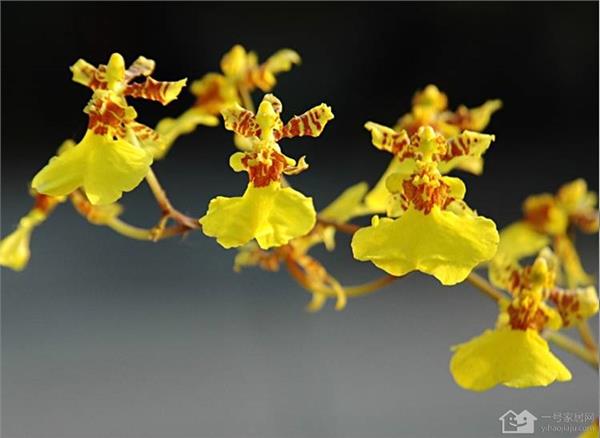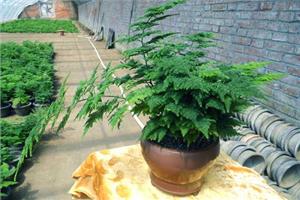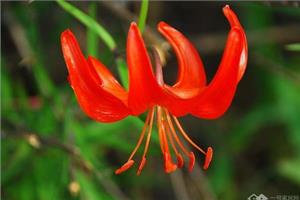Common methods of flower culture matters needing attention for novice flower cultivation
Growing flowers is a favorite thing in people's daily life, so what are the techniques for growing flowers? I believe everyone would like to know the answer to this question, so next let's take a look at what are the flower cultivation skills, so that we can better apply them to our daily life through the study of flower cultivation knowledge. then let's take a look at common flower culture methods.

Plants that can kill germs.
The results show that the volatile oil produced by rose, sweet-scented osmanthus, violet, jasmine, lemon, rose, carnation, lily of the valley, crape myrtle and other aromatic flowers has significant bactericidal effect. Among them, plants such as crape myrtle, jasmine and lemon can kill protobacteria such as diphtheria and dysentery floating in the air within 5 minutes. the fragrance of rose, carnation, lily of the valley, violet, rose, sweet-scented osmanthus and other plants can obviously inhibit the growth and reproduction of Mycobacterium tuberculosis, pneumococci and staphylococci.
Cactus and other succulent plants native to tropical arid areas, the stomata on their succulent stems are closed during the day and open at night, absorbing carbon dioxide and producing oxygen, increasing the concentration of negative ions in indoor air.
Tiger skin orchid, tiger tail orchid, tequila and brown palm, Jialan, Sedum, rooting, cultivated pineapple and other plants can also purify the air at night.
Matters needing attention for novice flower cultivation
1. The basin soil cannot accumulate water.
The roots of plants need air as well as water. If water accumulates in the basin soil for too long, the roots of plants will suffocate because there is no air to breathe. You should learn how to water correctly.
2. Let the plant dormancy
Many indoor flowers are relatively dormant in winter or after flowering, during which the plant needs less water and fertilizer and lower temperature than in the vigorous growth period.
3. Deal with the problems encountered by plants quickly
Both experts and beginners will encounter some problems. If insect pests are found, it will not cause great harm as long as they are eliminated in time. If infected with the virus, the treatment is more troublesome and should be isolated as soon as possible. Watering too much will not be a big problem at first, but it will lead to death over a long period of time. Learn to identify early symptoms of plant problems.
4. Combine multiple plants for maintenance
When many plants are planted together, almost all of them grow better and have a good ornamental effect. You should learn why and how to put plants together.
5. Learn to change the basin
When potted flowers are cultivated for one or two years, the growth of most plants gradually weakens. In many cases, you only need to replace it with a larger basin to restore its vitality.
6. Choose the right species
In order for plants to grow luxuriantly indoors, we must choose species that are suitable for indoor environmental conditions, that is, to be a monk for a day, experts cannot let shade-loving plants grow well under direct sunlight and windows.
7. Choose the appropriate tool
The commonly used tools are: a watering pot with a long nozzle and a fine sprinkler; a sprayer to increase humidity to remove dust and control pests; excellent potted substrates, such as peat soil, river sand, moss, etc.; flowerpots, trays or sets of pots; brown piles for climbing plants and nylon thread or wire for bundling plants; pesticides, fungicides, fertilizers, leaf brighteners, branch shears, grafting knives, etc.
Common flower culture methods and matters needing attention
1. Cuckoo: like cool ventilation, avoid high temperature and heat; like semi-shade, avoid scorching sun; like moist, avoid dryness; like acid soil, avoid alkaline soil; like loose soil with good drainage, avoid stagnant water; if good drainage, water can be larger, foliar should often spray water.
2. Gentleman orchid: like warmth, afraid of cold; like semi-shady environment, avoid direct sunlight; like rotten leaf soil with good drainage, avoid stagnant water; adjust the temperature difference in dark day to 7 Mustol, 10 degrees when clamping arrows, and pour some beer. When the basin soil is dry, the leaves can not be sprayed with water, the leaves are easy to rot, and the leaves can be wiped with wet wipes. Only when the leaf vein of Cymbidium reaches more than 20 can it bloom.
3. Camellia: Camellia is a negative flower and tree, which requires a shade of about 50%. It grows well in sparse shade and is afraid of sun exposure. if it is exposed to the hot sun, the young leaves are easy to burn, causing growth weakness and affecting flowering. Like cool and humid in summer and warm environment in winter. Generally, the suitable temperature for growth is 25 degrees, and flowers and leaves should be sprayed with water frequently. Fear of drought, avoid stagnant water. Only the slightly acidic sandy soil with good fertile and loose drainage grows well and will gradually die in alkaline or stagnant soil.
4. Poinsettia: like warm and humid environment, not cold-resistant; like sufficient light, not resistant to shade; lax requirements on soil quality, but like fertile, loose and drained micro-acid soil.
If you want to know more related information, you can continue to follow the No. 1 home network.
Related
- Wuhan Hospital Iron Tree Blooming Result Was Instantly Frightened by the Gardener Master
- Which variety of camellia is the most fragrant and best? Which one do you like best?
- What is the small blue coat, the breeding methods and matters needing attention of the succulent plant
- Dormancy time and maintenance management of succulent plants during dormancy
- Minas succulent how to raise, Minas succulent plant pictures
- What are the varieties of winter succulent plants
- How to raise succulent plants in twelve rolls? let's take a look at some experience of breeding twelve rolls.
- Attention should be paid to water control for succulent plants during dormant period (winter and summer)
- Watering experience of twelve rolls of succulent plants
- Techniques for fertilizing succulent plants. An article will let you know how to fertilize succulent plants.



